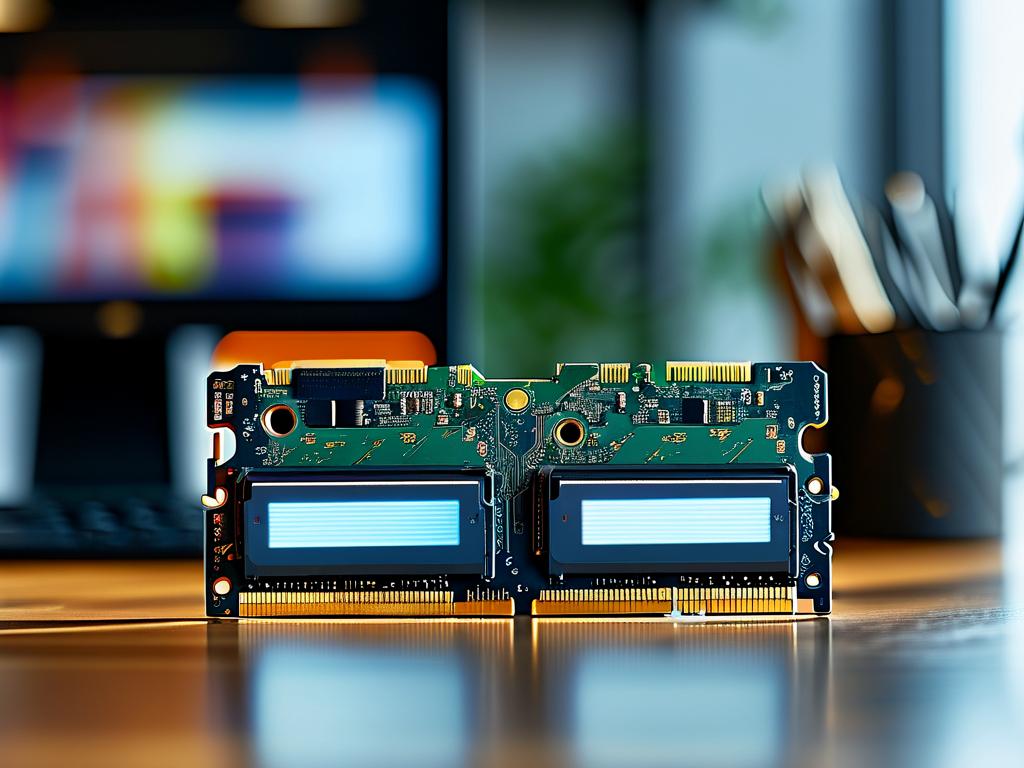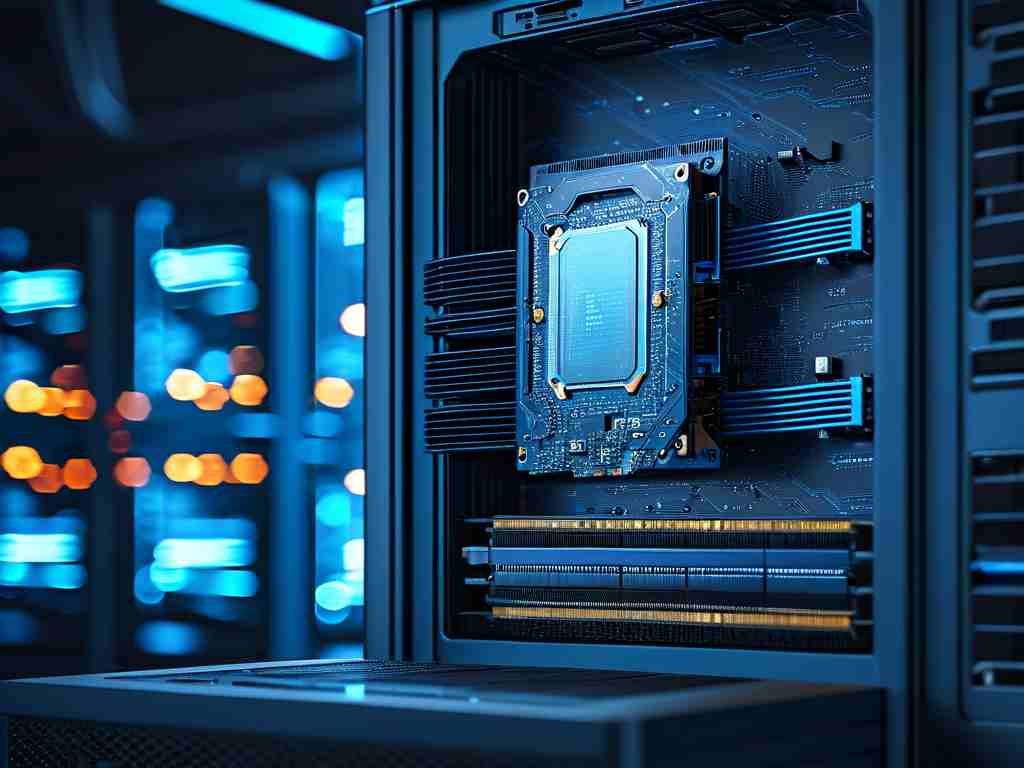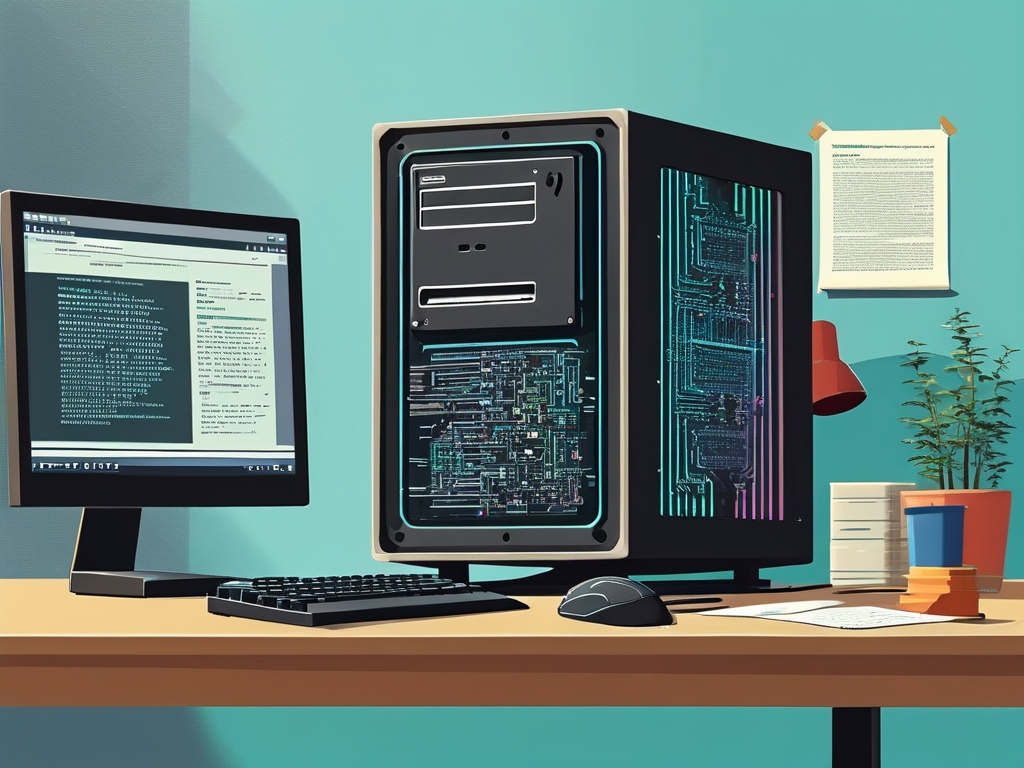In modern computing systems, memory management plays a critical role in determining how files are stored, accessed, and managed during runtime. A common question among developers and system administrators is: Where exactly are files located within memory management frameworks? This article delves into the technical nuances of file storage in memory, explores operating system strategies, and provides practical insights for optimizing resource allocation.
The Role of Memory in File Handling
When a file is loaded into memory, it doesn’t reside in a single static location. Instead, modern operating systems use dynamic allocation mechanisms. For example, when a user opens a document, the operating system maps the file’s contents to virtual memory addresses. This virtual memory space acts as an intermediary between physical RAM and storage devices, allowing applications to interact with files seamlessly.
In Unix-based systems, this process often involves the mmap() system call, which creates a direct mapping between a file and a memory region. Here’s a simplified code snippet demonstrating its usage:
#include <sys/mman.h> void* mapped_region = mmap(NULL, file_size, PROT_READ, MAP_PRIVATE, file_descriptor, 0);
This maps the file into the process’s address space, enabling efficient read/write operations without manual buffer management.
Physical vs. Virtual Memory Allocation
Files in memory management exist in two primary forms: cached data in physical RAM and address-mapped blocks in virtual memory. When a file is frequently accessed, the operating system may cache portions of it in physical memory to reduce latency. For instance, Linux systems store cached file data in the Page Cache, which can be monitored using tools like free -m or vmstat.
Virtual memory, on the other hand, allows files to occupy more space than physically available RAM by leveraging disk-based swap areas. Windows systems, for example, use a pagefile.sys to extend virtual memory, while Linux relies on swap partitions. This dual-layer approach ensures that even large files can be managed efficiently, albeit with potential performance trade-offs.

File Storage in Distributed Systems
In distributed environments, memory management becomes more complex. Technologies like Apache Spark or Redis handle file storage across clusters by partitioning data into in-memory chunks. For instance, Spark’s Resilient Distributed Datasets (RDDs) store file fragments across worker nodes, enabling parallel processing. A Java snippet for caching a file in Spark might look like:
JavaRDD<String> fileData = sc.textFile("hdfs://path/to/file.txt").cache();
This code loads a file into the cluster’s memory, prioritizing speed over disk-based storage.
Challenges and Optimization Techniques
One major challenge in memory-based file storage is fragmentation. Over time, frequent allocation and deallocation of memory regions can lead to inefficient space utilization. Defragmentation tools and algorithms like buddy memory allocation help mitigate this issue by grouping small memory blocks into contiguous chunks.
Another optimization involves lazy loading, where only essential parts of a file are loaded into memory initially. Web browsers often use this technique when rendering large images or videos, fetching additional data as needed.

Security Considerations
Storing files in memory introduces security risks, such as exposure of sensitive data through memory dumps. Technologies like Intel SGX (Software Guard Extensions) or ARM TrustZone provide secure enclaves to isolate critical file data in memory. For example, encrypting in-memory files using libraries like OpenSSL adds an extra layer of protection:
from Crypto.Cipher import AES cipher = AES.new(key, AES.MODE_GCM) encrypted_data = cipher.encrypt(file_content)
Future Trends
Emerging technologies like persistent memory (e.g., Intel Optane) blur the line between storage and memory by enabling non-volatile RAM. This allows files to persist in memory even after power loss, revolutionizing how systems handle data.
In , understanding where files reside in memory management requires a grasp of virtual/physical memory layers, OS-specific strategies, and modern optimization techniques. By leveraging tools like mmap(), caching mechanisms, and secure enclaves, developers can optimize file handling while balancing performance and security.









